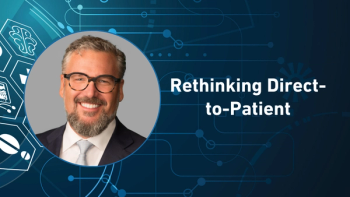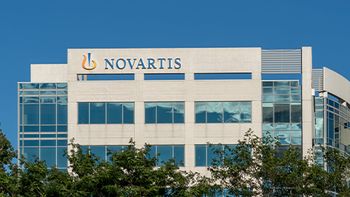
FDA issues new social-media guidances; don't expect a flood of pharma-sourced tweets
Agency okays correcting misinformation on third-party sites; sticks to the general principle of balanced information
Ever so slowly, FDA’s Office of Prescription Drug Promotion (OPDP) has been issuing a series of guidances for pharma marketers in dealing with new media in promoting their products. The new guidances (
And the new guidances aren’t likely to change that caution significantly. For Twitter-type communications, FDA says that “If an accurate and balanced presentation of both risks and benefits of a specific product is not possible within the constraints of the platform, then the firm should reconsider using that platform for the intended promotional message …” In other words, fugeddabutit; but an exception can be made for reminder-type notifications to patients.
For correcting misinformation, FDA is greenlighting a pharma company, or its representative, in providing commentary that corrects bad information. The correction itself should provided balanced information, but needn’t bring in all the full label baggage about risks and appropriate use. The communication should be clearly identified as drug sponsor-sourced. Third-party sites might or might not post the correction; FDA absolves the sponsor of responsibility for that.
In general, pharma marketers remain comfortable spending more of their promotional dollars on television, even though social media are a more active content and interaction channel for patients. Advertising agencies have been champing at the bit to run online campaigns for pharma companies, but most of the activity has been around manufacturer-sponsored sites, and public-health (and therefore non-product-specific) efforts in disease education. Meanwhile, maintaining a line of communication to prescribers, who see fewer and fewer sales reps, is an area of lively development.
“FDA continues actively to review, analyze, and develop approaches to a variety of topics related to the labeling and advertising of medical products, including the development of these and other guidances addressing the use of social media platforms and the Internet,” wrote Thomas Abrams, director of OPDP, on
Newsletter
Stay ahead in the life sciences industry with Pharmaceutical Commerce, the latest news, trends, and strategies in drug distribution, commercialization, and market access.




